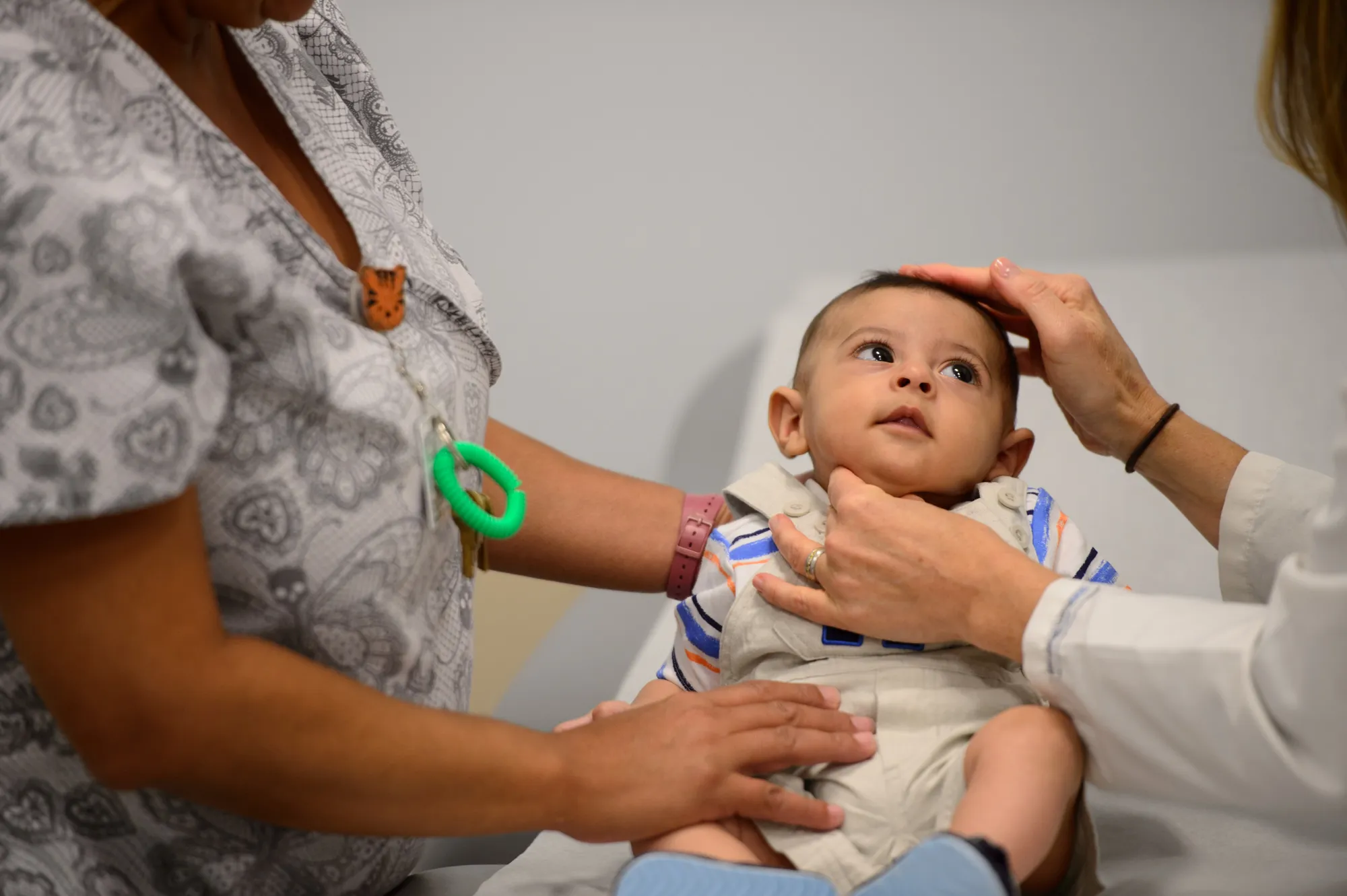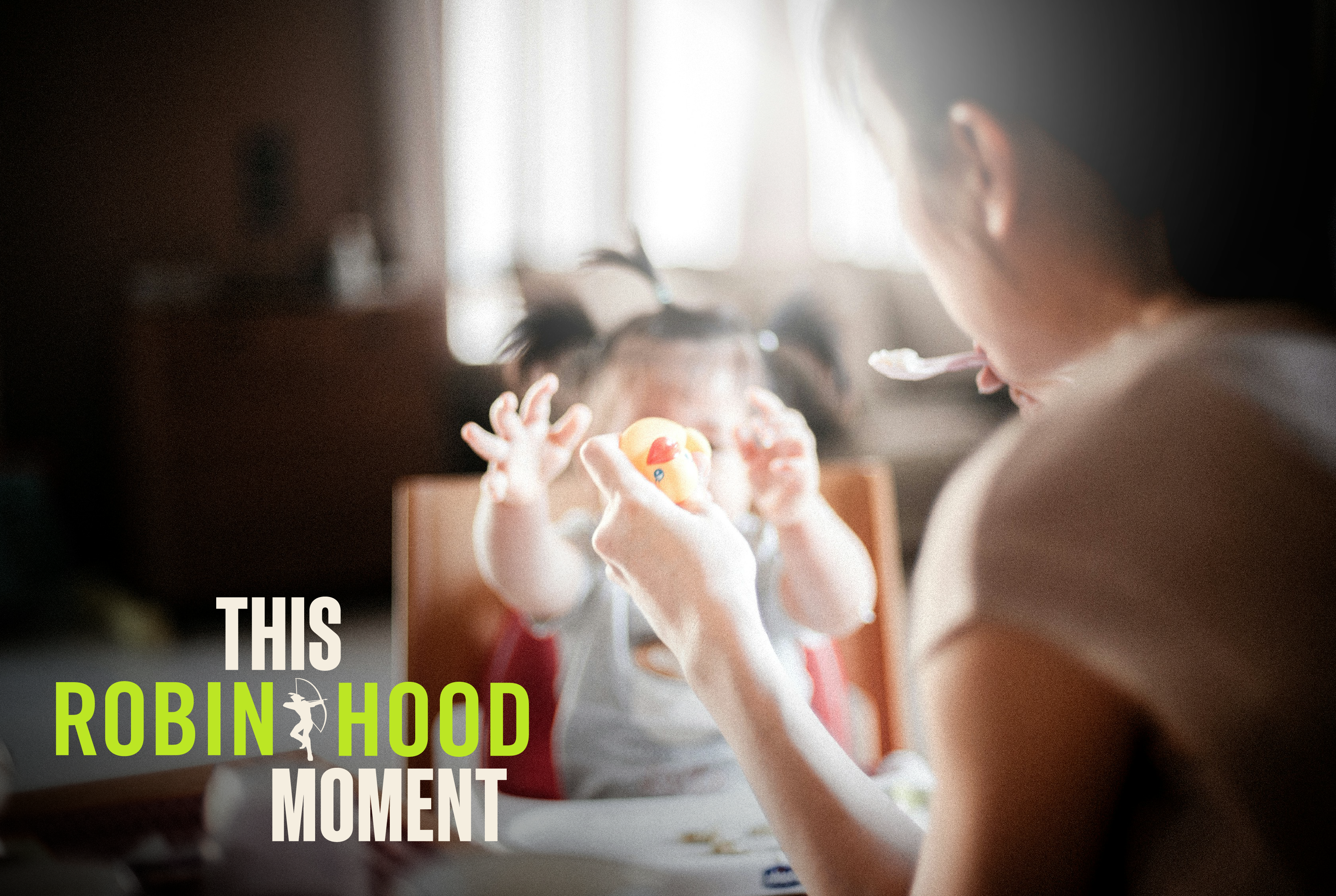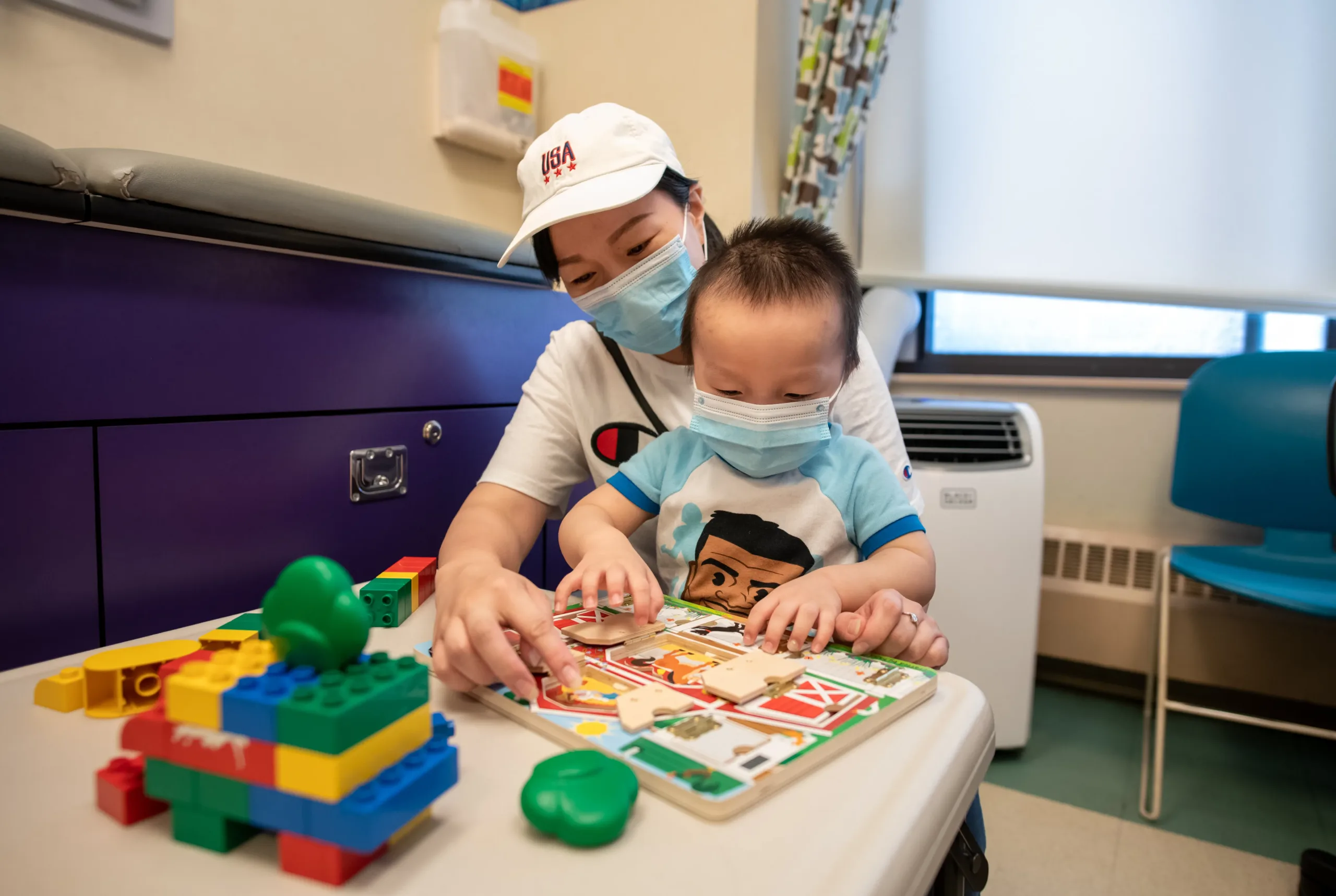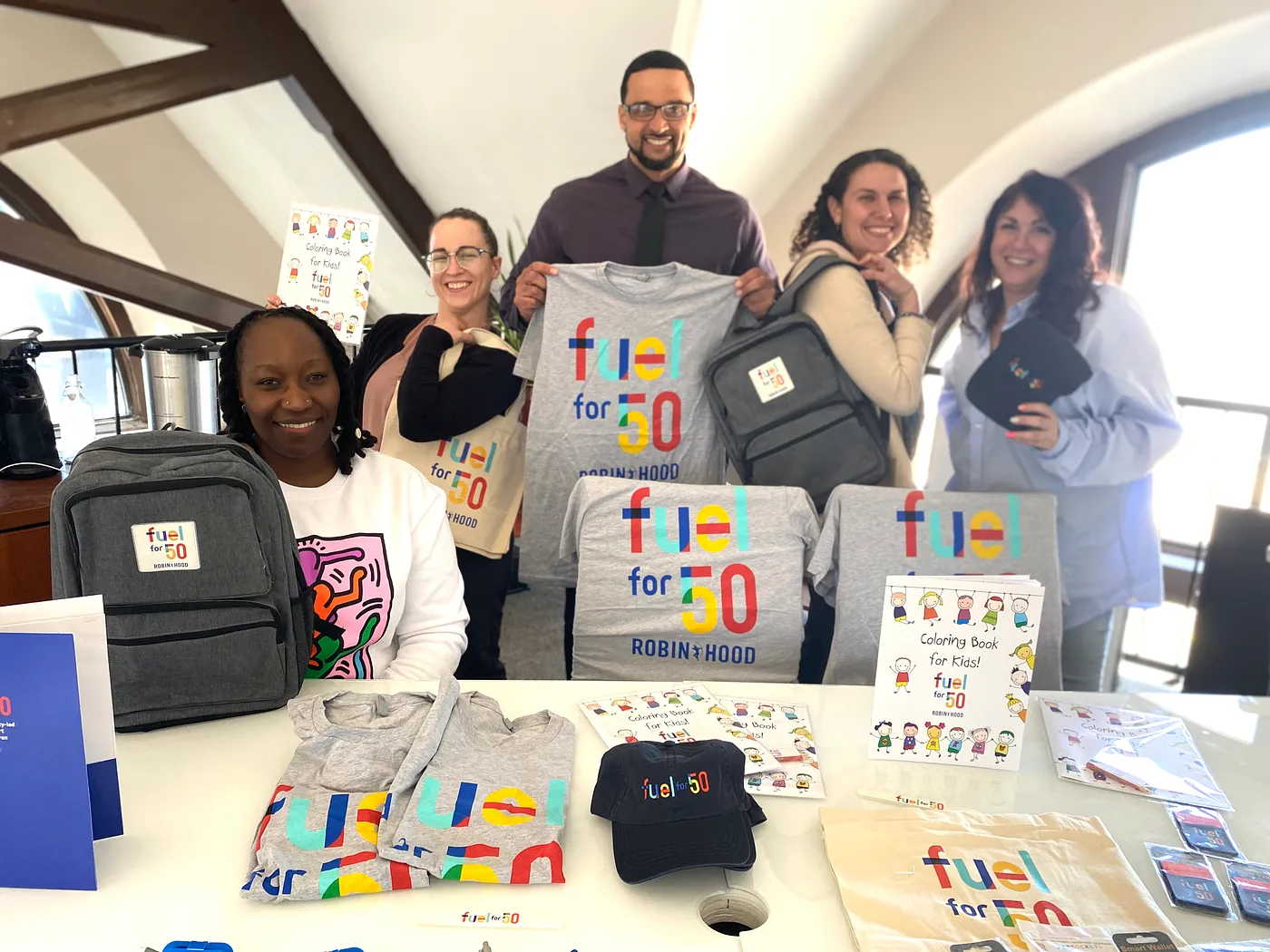Feb 04, 2021
Why Investing in Access to Public Benefits Can Improve Kids’ Lives for Generations
Investing in public benefits could cut poverty in half. That’s a stat worth working towards.
By Pam Davis, Senior Program Officer | Benefits Access

It’s hard to explain how crucial access to public benefits are to the health of our city. It may be the least “sexy” focus of philanthropy, but it’s one of the most important. Public benefits recipients are often people who work a full-time job for minimum wage — and, in many cases, multiple jobs — and still can’t afford to make ends meet.
This way of thinking about it often helps:
If a pregnant mom living in poverty eats well, has access to SNAP (food stamps), goes to regular prenatal checkups, has Medicaid, and is getting regular checkups, she’s more likely to give birth to a healthy-weight baby that survives infancy. That 2-year-old boy, whose mom has access to WIC (a nutritional assistance program providing access to healthy food) while she was pregnant, has been found to have improved growth and cognitive development. He’s more likely to be immunized. Later, he’ll be more likely to be on track to perform better at reading assessments than his peers.
These are the factors that build a foundation of a better life, and they start in the womb.
An increase in public benefits, as put forth in the proposed Biden economic stimulus package, could cut poverty in half within 10 years — a massive, crucial, and promising statistic. And it will cost much less than the current cost of child poverty, which runs as high as $1.1 trillion a year. If the administration is able to prioritize these changes, it could be the most dramatic reduction in poverty we’ve ever seen. It begins with benefits.
That’s what drives our work, and what has propelled our focus throughout the COVID-19 crisis.
As with all efforts to combat systemic issues, there are barriers. Here’s how we knock them down:
1. Get the word out
Each year, government dollars are allocated to help low-income working families — and there’s a big pile of money that people aren’t accessing. They may have no idea they’re eligible, are afraid to apply because of potential impact to their immigration status, don’t want the government knowing their business, or are deterred by stigma. A senior might think, “I don’t want to take food stamps away from a baby.” All of this contributes to the roadblocks that prevent people from getting the help that they’re entitled to. So we invest to grow our network and get into underserved communities, find newly eligible people such as restaurant and hospitality workers, truck drivers and more — and help those already enrolled to remain enrolled . One of our partners, Benefits Data Trust, takes a list of people who are getting Medicaid but not food stamps, and texts them to help them enroll. Public outreach mechanisms like this have delivered SNAP benefits to more than 35,000 New Yorkers since the pandemic’s start who never had them before.
2. Make it easier to connect
Once they know they’re eligible, people need an easier way to actually get their benefits. Uploading documents is notoriously hard; imagine not having a device or internet access, like 40% of New York City public school kids. Add to that a complex intake system that is difficult to navigate. That’s why we fund tools to make this process easier. We help supercharge organizations’ capacity to serve and pay for case workers in the field who can hand-hold people through a confusing process, tearing down barriers of language, digital fluency, and more.
3. Serve moms from the moment they give birth
In New York City’s public hospital system, more than 75,000 babies are born to moms who receive Medicaid — that’s 80 percent of the city’s new babies on Medicaid. Every pregnant mom on Medicaid should be auto-enrolled, seamlessly, through their hospital or doctor, to SNAP and WIC. That’s not the case now, but Robin Hood partners, including the city’s largest healthcare system and Health Leads, are working to create an integrated model that ensures that pregnant women who visit their maternal health centers are screened for benefit eligibility, and get the help they need to enroll.
The gateway out of poverty for life — starts in the womb. When parents are set up for success, their kids are set up for success, and helping make sense of a complex system is just the beginning.



